insect mating and pinning etc
1/42
There's no tags or description
Looks like no tags are added yet.
Name | Mastery | Learn | Test | Matching | Spaced |
|---|
No study sessions yet.
43 Terms
insect pinning
only dried before pinning, can last dried for 100s of years
chitin exoskeleton wont break down
softer bodied species are preserved in ethanol
different conventions for different species
insect labels
below pinned specimen
lists country, province, location - descriptor or gps, full date of collection, name of collector
determination label added when identified
insect label conventions
can add labels but never take off
pen ink fades, pencil is better, laser printers used today
why pin insects
important for a lot of specimens for each species as there is a ton of variability
rearing insects
common for experiments or thesis
sauce containers, to go containers are used often
screened cages, growth chambers, depends on research question
insect growth chambers
controls climate, light (day length), and humidity
can observe growth and development, ex of pests
enabled by insect size
flight tunnels
record flight patterns, speed, etc
end to end mating
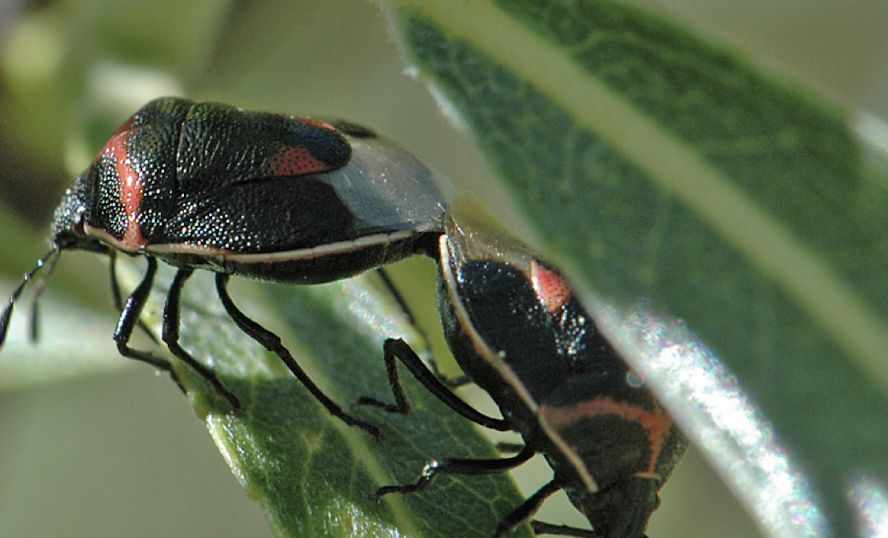
mate guarding
as observed by tiger beetles
male holds on to female to ensure no other males mate with her
his mandibles have a unique shape corresponding to a unique groove in the female
females spermatheca holds sperm until fertilization
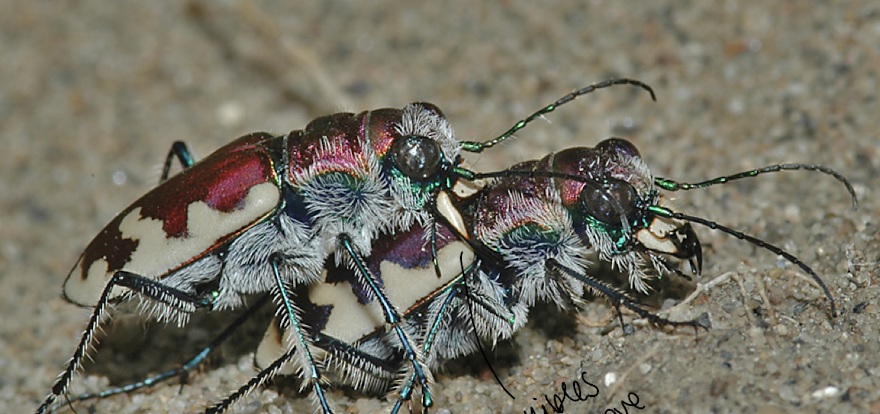
tarrsomeres
adhesive additions to appendages, suction cups to attach to back of female under water
as seen on male diving beetle
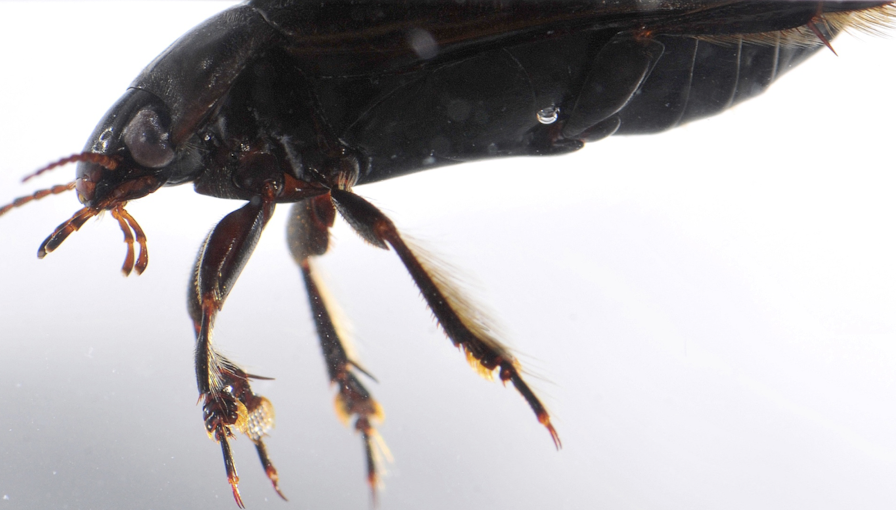
expanded forelegs
large and patterned goes over the eyes of females when mating
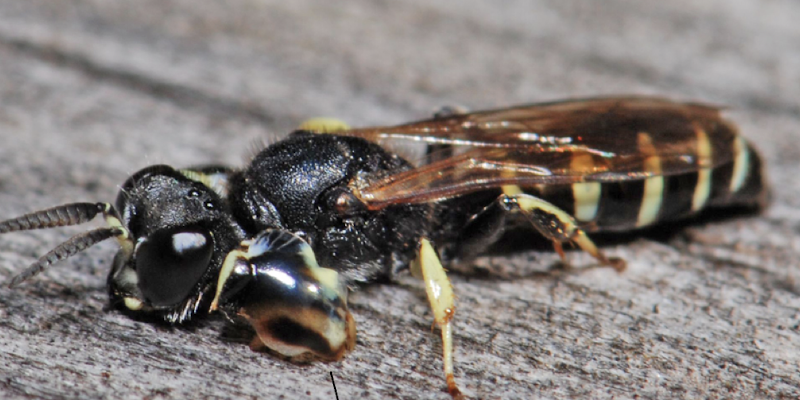
eggs
most insects lay eggs
as seen by scarab beetle
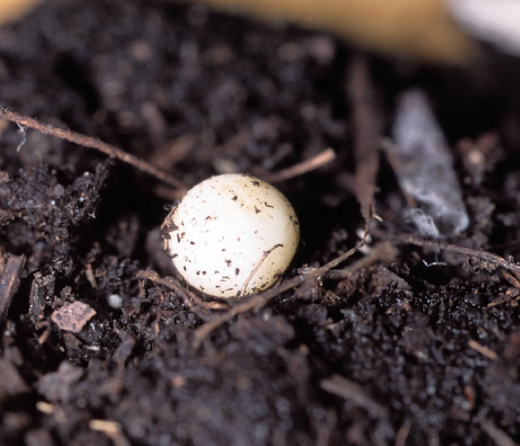
larvae
scarab beetle
spiracles,
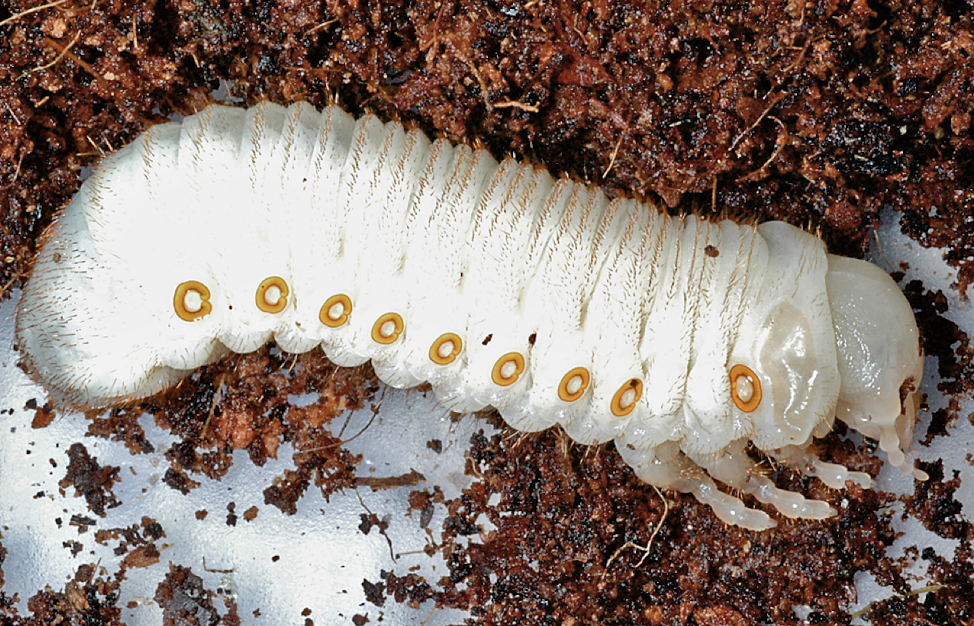
spiracles
passive openings to the respiratory system
trachael breathing tubes branch into system and connect to
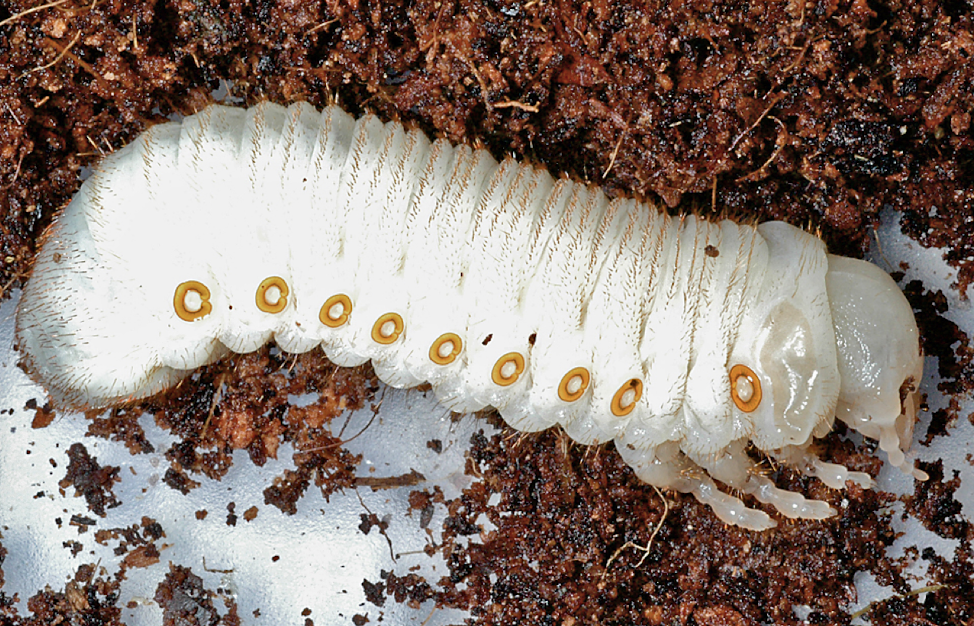
exarate pupa
legs and other appendages are not tightly connected to the body
phase can be underground, or appendages hold onto tree, etc
holometabolous/complete
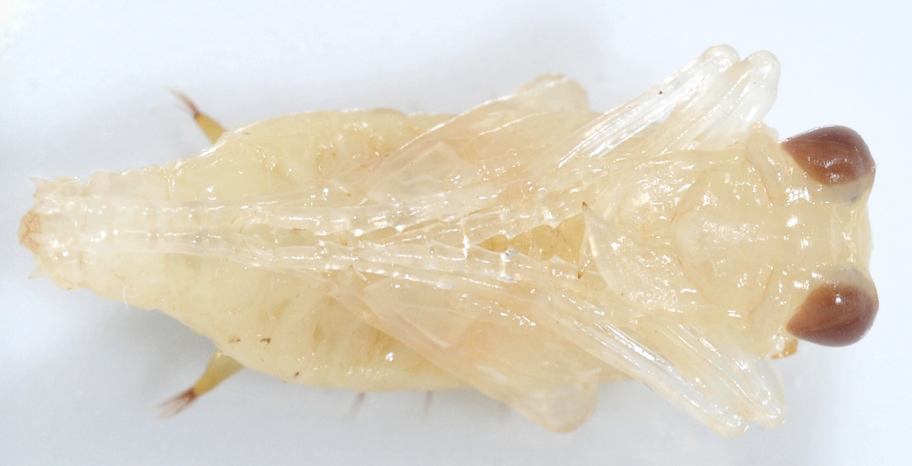
obtect pupa
legs and antennae are not visible
can vaguely see spiracles, wings, head, etc
holometabolous/complete
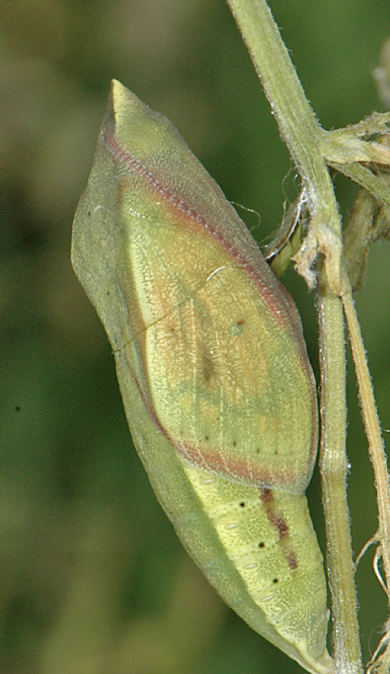
cornicles
structure coming from the abdomen in aphids which produce toxic chemicals
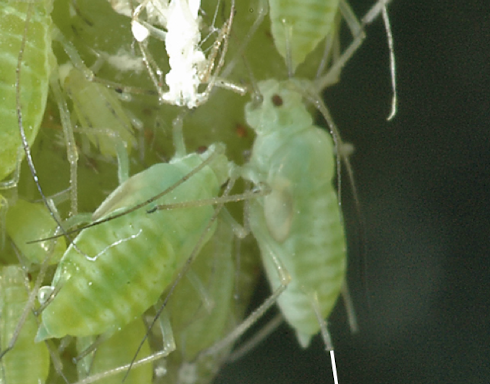
prolegs
non jointed sort of leg structures found in caterpillars

horn
a hardened bump found in a sphinx moth caterpillar

NO
sucking mouthpart, and non-elbowed antennae means no
its the larvae of a bug
is this an ant?
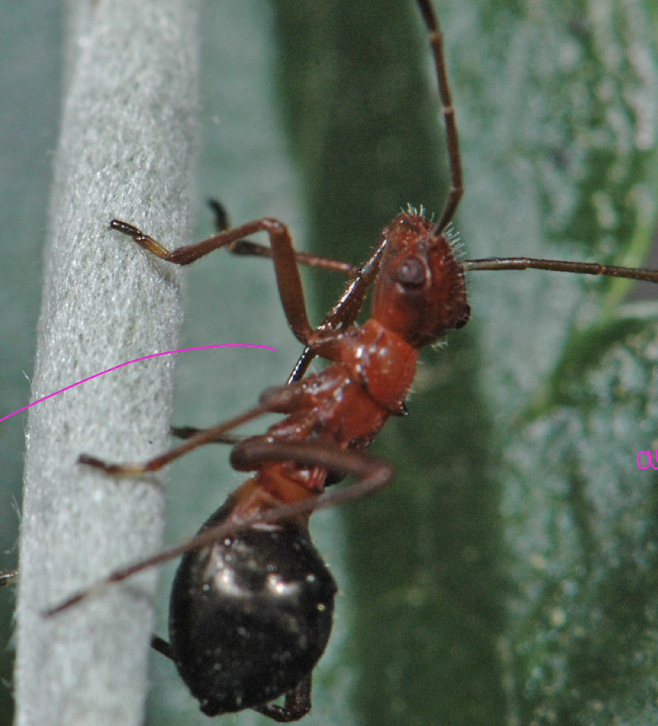
case bearing caterpillar
defense mechanism
who would bother to eat this
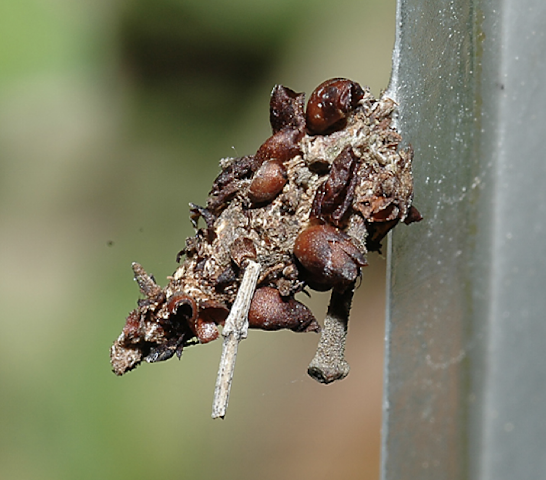
contortionist moth
abdomen is able to flip upwards
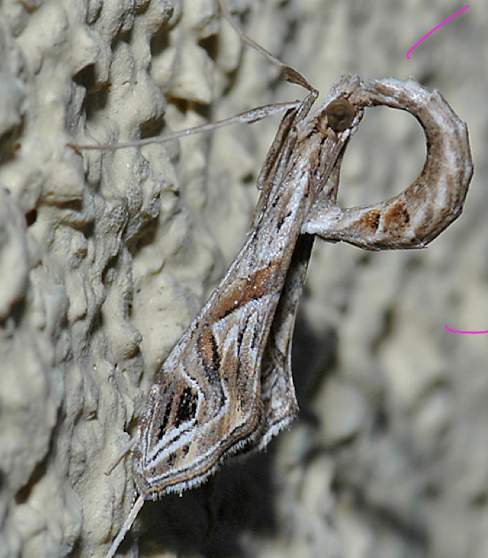
tree hoppers
unique pronotum shapes, wide range and diversity
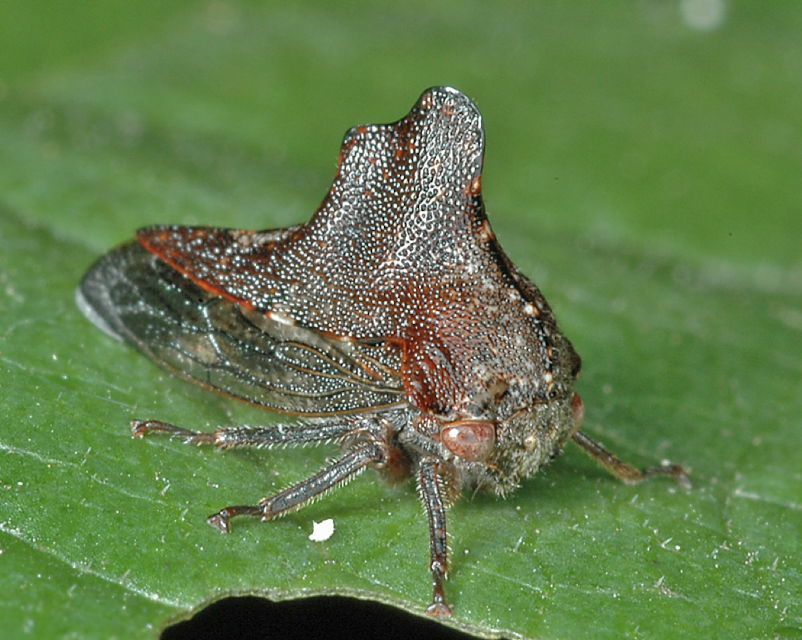
largest insect
the larvae of a tropical rhino beetle
weighs 205.1 grams
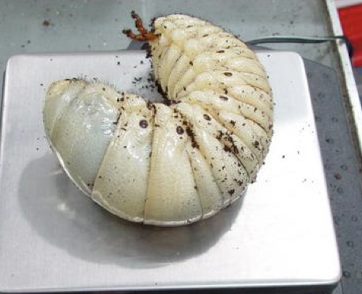
leaf miner caterpillar
small enough to live entire life inside a single leaf
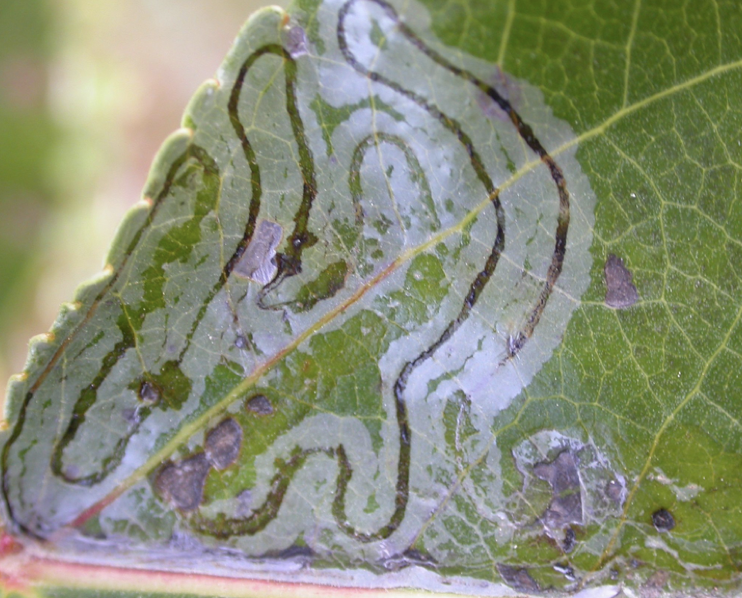
composition of bugs
protein (muscle), chitin (polysaccharide, exoskeletion, indigestible)
fat (lipid), defense compounds, etc
arthropod ecology
fly parasitizing ants, ants feeding on wasp larvae, wasp larvae parasitizing a caterpillar, and the caterpillar eats plants
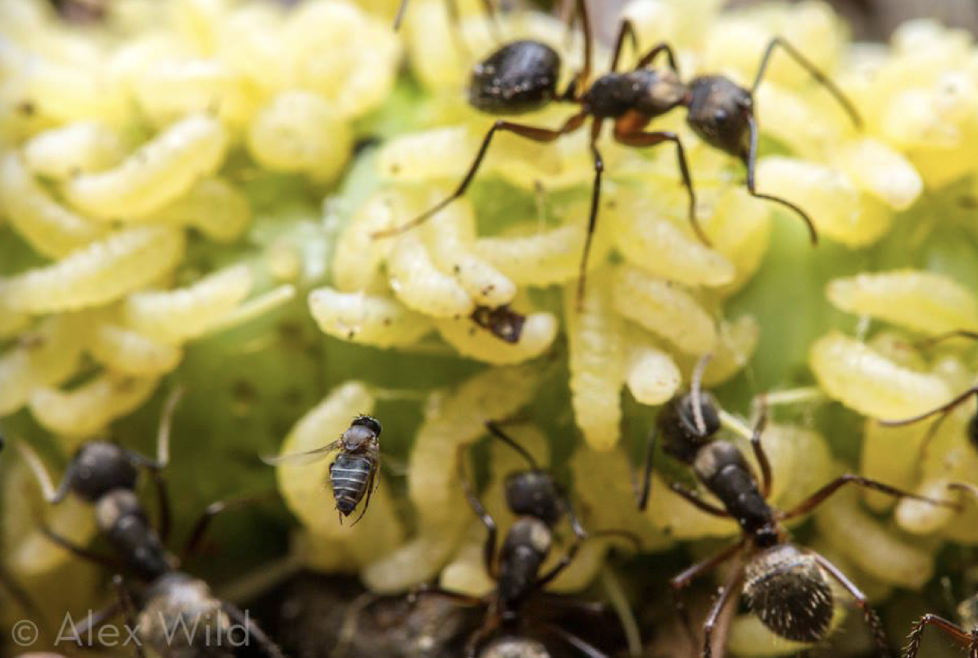
field tools
nets and vials, aerial nets can sweep through air, aspirator, close focussing binos, hand lens, various traps
beating nets
heavy duty sweep net is able to get bugs from within plants when they are disturbed
wash up
searching the edge of a waterbody to find beetles which are washed up after falling into water - easy sampling
aspirator
a device in which you suck in to collect bugs into a smaller container
have to assume the filter keeps the bug out of ur mouth
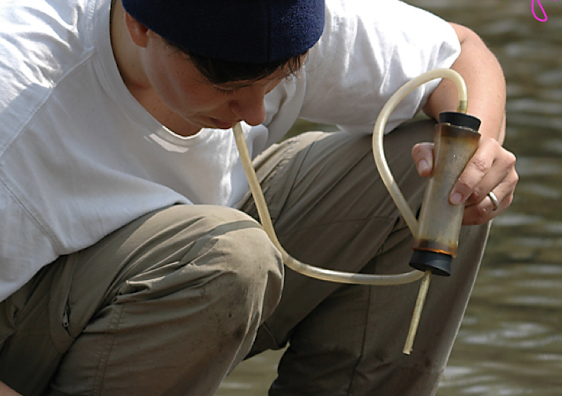
hand lens
generally 10-20X
inexpensive optic, look for triplet construction
average insect size
~ 3 mm
night time sampling
set up a UV light and a white sheet in the night and observe
UV trap
black light (usually led now - 390 nm) attached to a bucket for easy sampling
insects keep their backs towards the light which gets them trapped
dorsal light response
insects keep their backs towards the light which gets them trapped
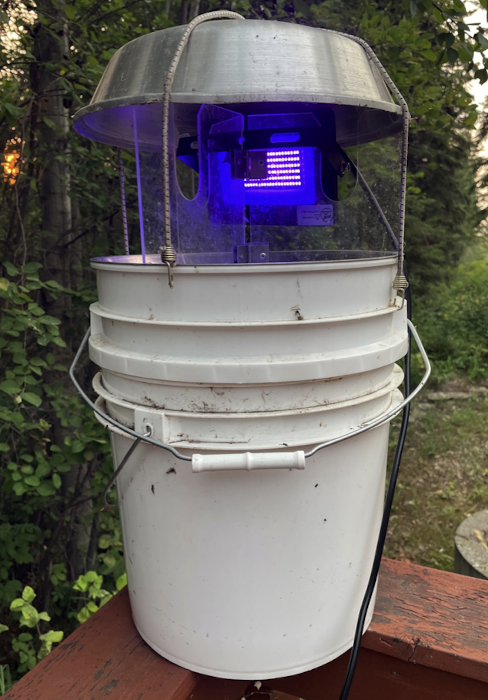
malaise trap
inside out tent like trap which can be used in various circumstances
screen catches bugs and they make their way into the top jar
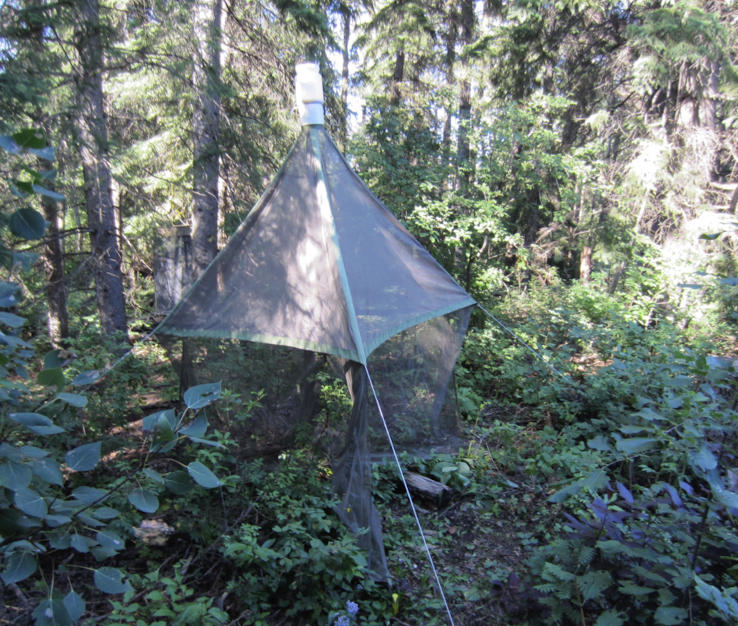
bait traps
holds fruit or carrion in the bottom and bigs get stuck inside
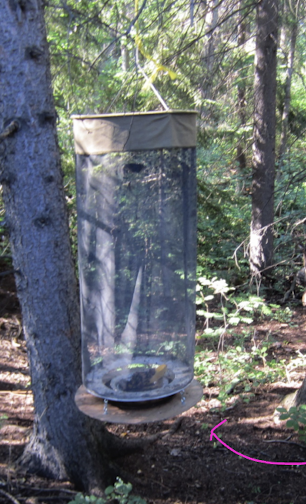
bald faced hornet nest
built on a door
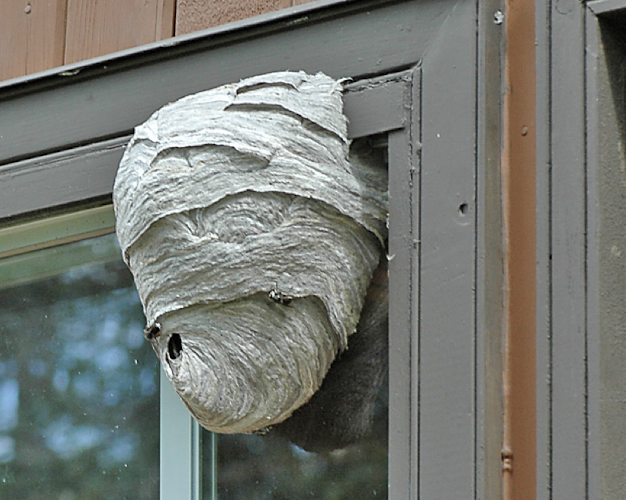
hornet larvae
feeding larvae, silk casing around pupa
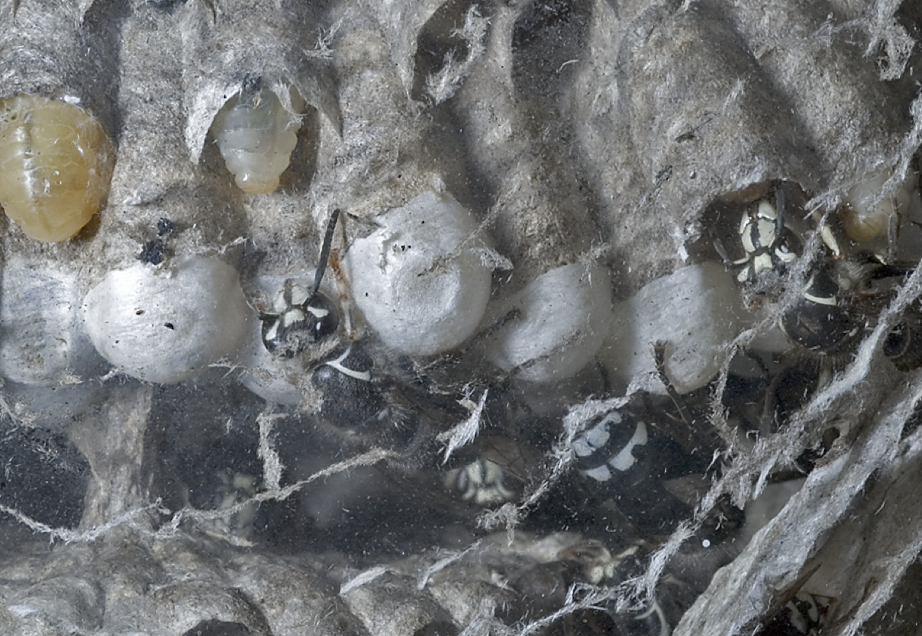
dissecting/stereo microscope
generally 20x to 70x
for observing and identification of insects
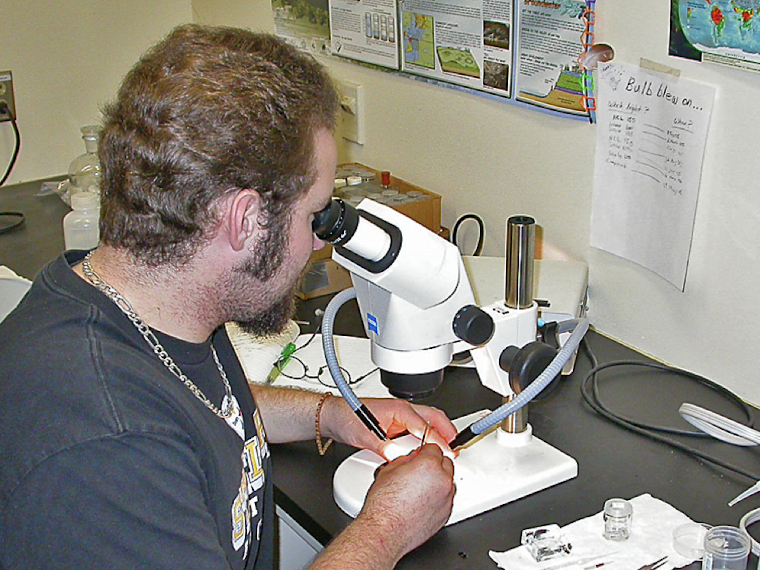
spreading and pinning board
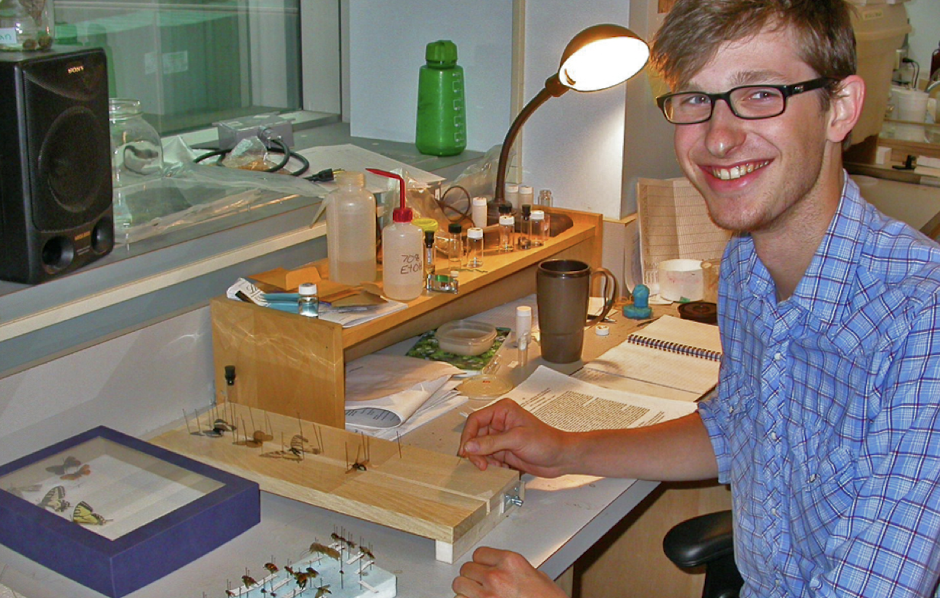
pinning insects
setting a specimen to dry in the desired position, legs and antennae visible but not extended to much as to be broken